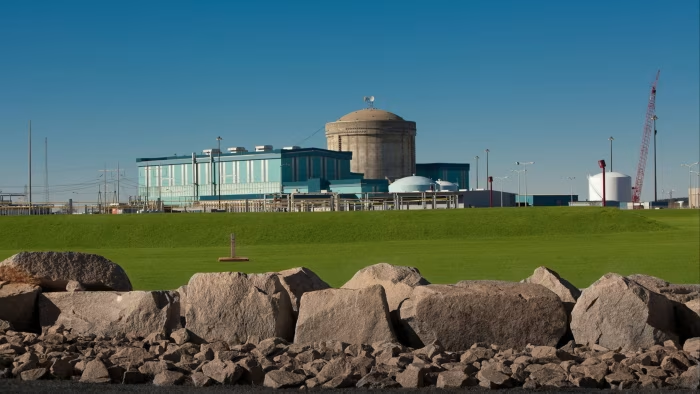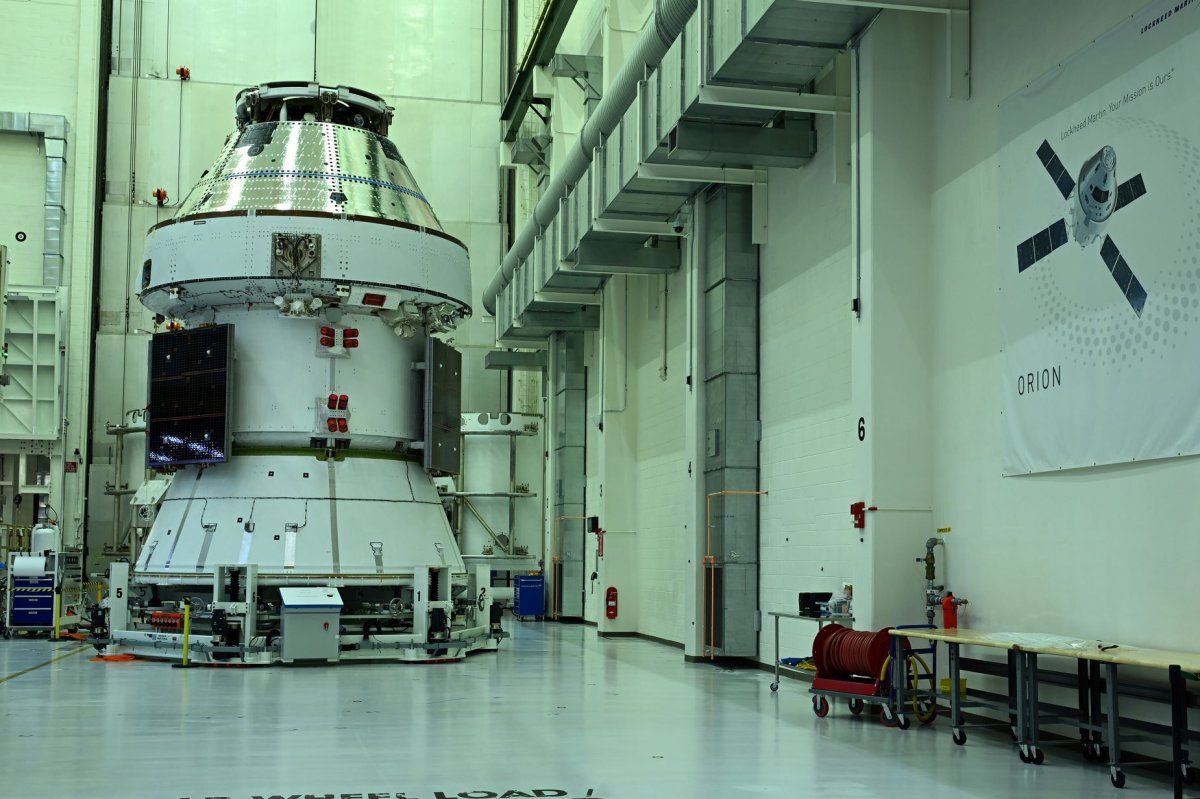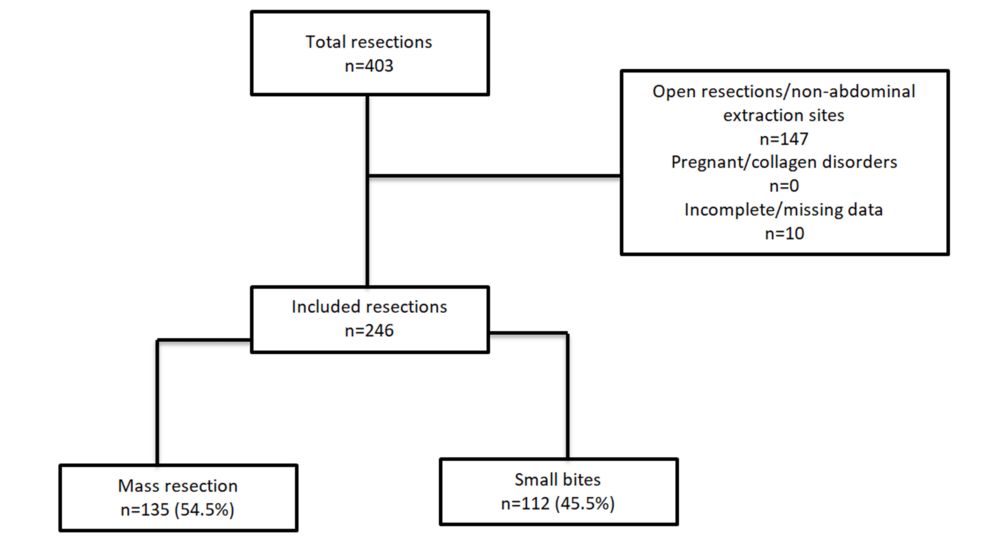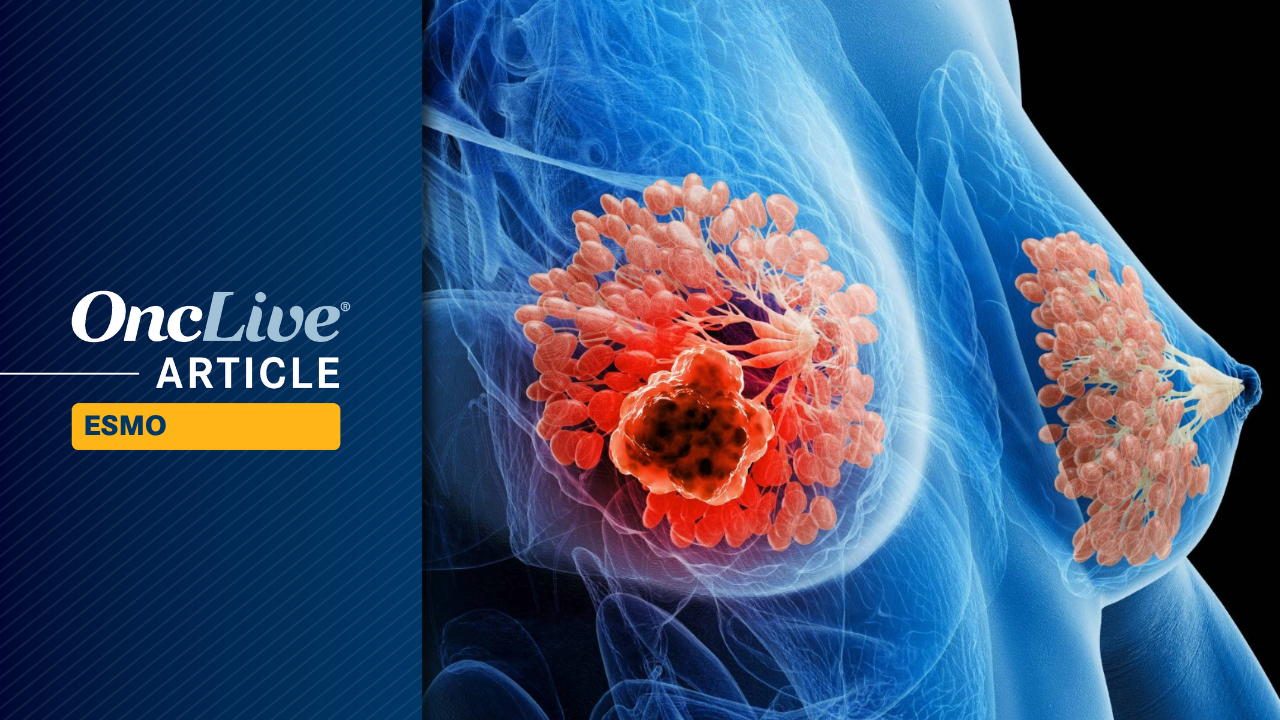Adjuvant ribociclib (Kisqali) in combination with a nonsteroidal aromatase inhibitor (AI) displayed a durable benefit in terms of invasive disease–free survival (iDFS) compared with an AI alone (n = 2552) in patients with hormone receptor–positive, HER2-negative early breast cancer (HR, 0.716; 95% CI, 0.618-0.829; 1-sided P < .0001), according to data from the 5-year prespecified analysis of the phase 3 NATALEE trial (NCT03701334) presented during the 2025 ESMO Congress.1
The median follow-up was 55.4 months. The 36-month iDFS rates in the ribociclib (n = 2594) and AI-alone (n = 2552) arms were 90.8% and 88.0%, respectively; the 60-month iDFS rates were 85.5% and 81.0%, respectively.
Sidebar: Phase 3 NATALEE Trial 5-Year Outcomes: Key Takeaways
- The NATALEE trial examined adjuvant ribociclib plus a nonsteroidal AI vs an AI alone in patients with hormone receptor–positive, HER2-negative early breast cancer.
- The regimen was previously approved by the FDA in September 2024 for the treatment of patients with hormone receptor–positive, HER2-negative stage II and III early breast cancer at high risk of recurrence, including those with node-negative disease.
- Findings from the 5-year analysis of NATALEE revealed that patients who received ribociclib plus an AI experienced a significant invasive disease–free survival benefit compared with those treated with an AI alone (HR, 0.716; 95% CI, 0.618-0.829; 1-sided P < .0001).
“Ribociclib plus an AI continues to reduce the risk of recurrence beyond a 3-year treatment window, supporting its use as adjuvant therapy in a broad population of patients with hormone receptor–positive, HER2-negative early breast cancer at high risk of recurrence,” John Crown, MD, a professor and consultant medical oncologist at St. Vincent’s University Hospital in Dublin, Ireland, said during the presentation.
Notably, in September 2024, the FDA approved adjuvant ribociclib in combination with an AI for the treatment of patients with hormone receptor–positive, HER2-negative stage II and III early breast cancer at high risk of recurrence, including those with node-negative disease.2 The regulatory decision was supported by prior data from NATALEE.
What Were the Design Features of NATALEE?
NATALEE was an open-label, multicenter, randomized trial that enrolled adult patients with stage II and III hormone receptor–positive, HER2-negative early breast cancer.1 Patients were permitted to have received prior endocrine therapy up to 12 months before enrollment.
Patients with anatomical stage IIA disease needed to have N0 disease that was grade 2 and had evidence of high risk, defined by a Ki-67 score of at least 20%, an Oncotype DX Breast Recurrence Score of at least 26 or high-risk status via genomic risk profiling, and grade 3 disease; patients with N1 disease in this anatomical stage were also eligible. Patients with anatomical stage IIB disease needed to have N0 or N1 disease. Patients with anatomical stage III disease could have N0 through N3 disease.
Eligible patients were randomly assigned 1:1 to receive ribociclib at 400 mg per day via a 3-weeks-on, 1-week-off dosing schedule for 3 years in combination with a nonsteroidal AI for at least 5 years, or a nonsteroidal AI alone.
The primary end point was iDFS using Standardized Definitions for Efficacy End Points criteria. Secondary end points included relapse-free survival, distant disease–free survival (DDFS), overall survival, patient-reported outcomes, safety and tolerability, and pharmacokinetic measures. Distant recurrence–free survival, as well as gene expression and alterations in circulating tumor (ct) DNA/ctRNA samples, were also evaluated as exploratory end points.
At the May 28, 2025, data cutoff, 62.8% of patients in the combination arm had completed 3 years of treatment with ribociclib, and 36.5% of patients had completed 5 years of AI therapy. AI treatment was ongoing in 27.1% of patients, and 51.4% of patients remained in the follow-up phase.
In the AI-alone arm, 34.4% of patients had completed 5 years of treatment. Therapy was ongoing in 23.7% of patients, and 50.3% of patients were in the follow-up phase.
What Were the Safety and Additional Efficacy Data From NATALEE?
At the time of this analysis, all patients had stopped receiving therapy for a median of 2 years. No new safety signals were identified with ribociclib, including no delayed toxicities or cumulative effects following therapy. Since the previous 4-year exploratory analysis, with an additional follow-up of 12.9 months, 3 patients had died in the combination arm due to adverse effects (AEs), and 2 others had died in the control arm due to AEs. Three percent of patients had developed secondary primary malignancies in the control arm compared with 2.7% of those in the combination arm.
At a median follow-up of 56.5 months, the 5-year OS rates in the investigational and control arms were 94.1% vs 92.5%, respectively (HR, 0.800; 95% CI, 0.637-1.003; 1-sided P = .026). At a median follow-up of 55.5 months, a significant benefit in terms of DDFS was reported in favor of the ribociclib arm (HR, 0.709; 95% CI, 0.608-0.827). A similar benefit in terms of DRFS was also observed in favor of the investigational arm (HR, 0.699; 95% CI, 0.594-0.824).
Patients experienced an iDFS benefit with the addition of ribociclib to an AI vs an AI alone, irrespective of having N0 (ribociclib arm, n = 285; control arm, n = 329; HR, 0.606; 95% CI, 0.372-0.986) or N-positive (ribociclib arm, n = 2261; control arm, n = 2218; HR, 0.737; 95% CI, 0.631-0.860) nodal status. Notably, an iDFS benefit with ribociclib was reported across all prespecified patient subgroups.
“For the first time, in this 5-year analysis, a clinically meaningful risk reduction of approximately 30% was seen for DDFS or death and DRFS or death. Ribociclib plus an AI showed a continued numerical trend for improved OS,” Crown emphasized in his conclusion.
Disclosures: Crown reported receiving personal fees from Pierre Fabre, Immunocore, Novartis, AstraZeneca, and Regeneron; owning stock with Oncoassure and Akkure; and receiving travel support to meetings from Novartis, MSD Oncology, Pfizer, Roche, AstraZeneca, and Regeneron.
References
- Crown J, Stroyakovskii D, Yardley D, et al. Adjuvant ribociclib plus nonsteroidal aromatase inhibitor therapy in patients with HR+/HER2– early breast cancer: NATALEE 5-year outcomes. Presented at: 2025 ESMO Congress; October 17-21, 2025; Berlin, Germany. Abstract LBA14.
- FDA approves Novartis Kisqali to reduce risk of recurrence in people with HR+/HER2- early breast cancer. News release. Novartis. September 17, 2024. Accessed October 17, 2025. https://www.novartis.com/news/media-releases/fda-approves-novartis-kisqali-reduce-risk-recurrence-people-hrher2-early-breast-cancer









